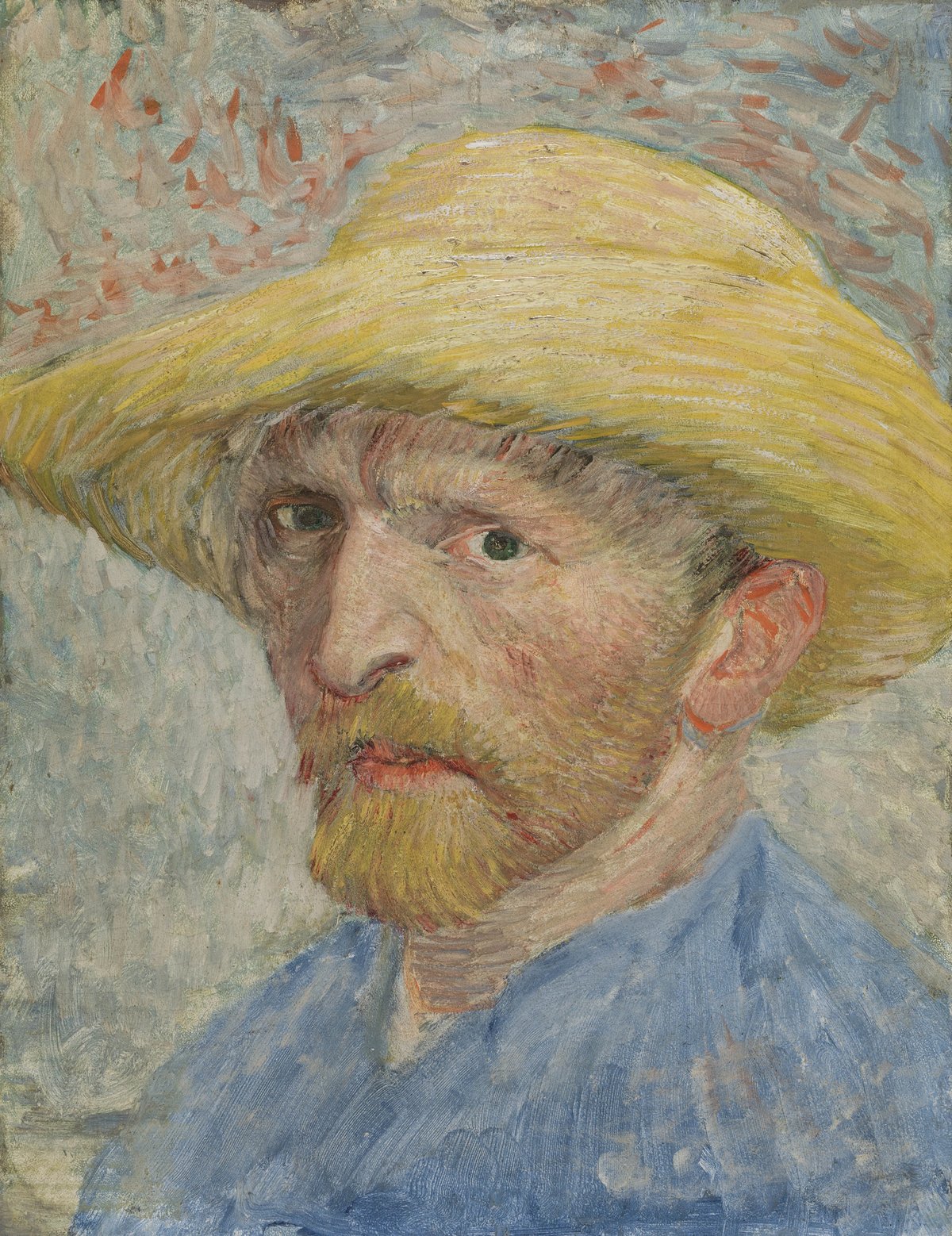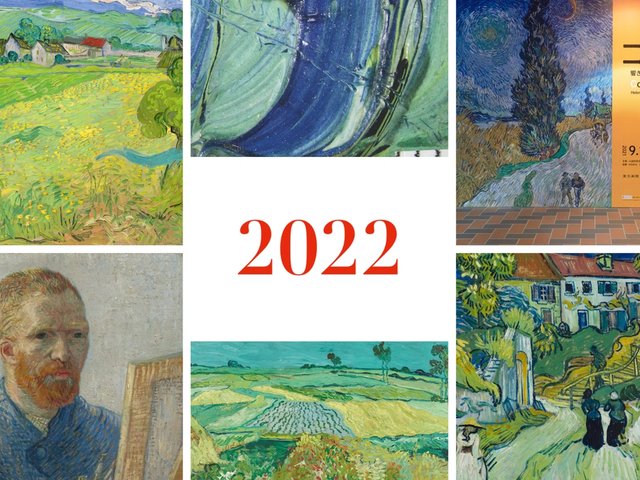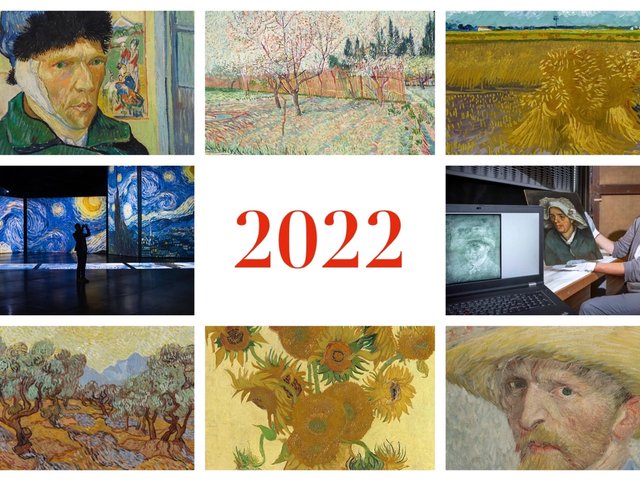The coming Van Gogh in America exhibition at the Detroit Institute of Arts will include 72 Van Goghs, with 56 paintings and 16 works on paper. This will represent the largest number of paintings by the artist at any US venue for more than 20 years.
Van Gogh in America, which is scheduled to run from 2 October to 22 January 2023, will for the first time reveal the story of the artist’s rise to fame in the US. Detroit is a most appropriate venue, since its museum was the pioneer in North America in buying a Van Gogh.
In 1922 the Detroit Institute of Arts bought Self-portrait with Straw Hat (August-September 1887), for $4,200. This painting is currently at the Courtauld Gallery’s exhibition, Van Gogh Self-portraits, but it will be returned when the London show closes on 8 May.
Detroit is also an appropriate venue for another reason. The next four Van Goghs bought by other US museums, during the 1930s, also all went to the Midwest—not, as might have been expected, to the East Coast.
All four early Midwest purchases will be coming to the Detroit Institute of Arts. These belong to the Nelson-Atkins Museum of Art, Kansas City (Olive Trees, June 1889), Saint Louis Art Museum (Stairway at Auvers, June-July 1890) and Toledo Museum of Art (Houses at Auvers and Wheatfields with Reaper, both June 1890).
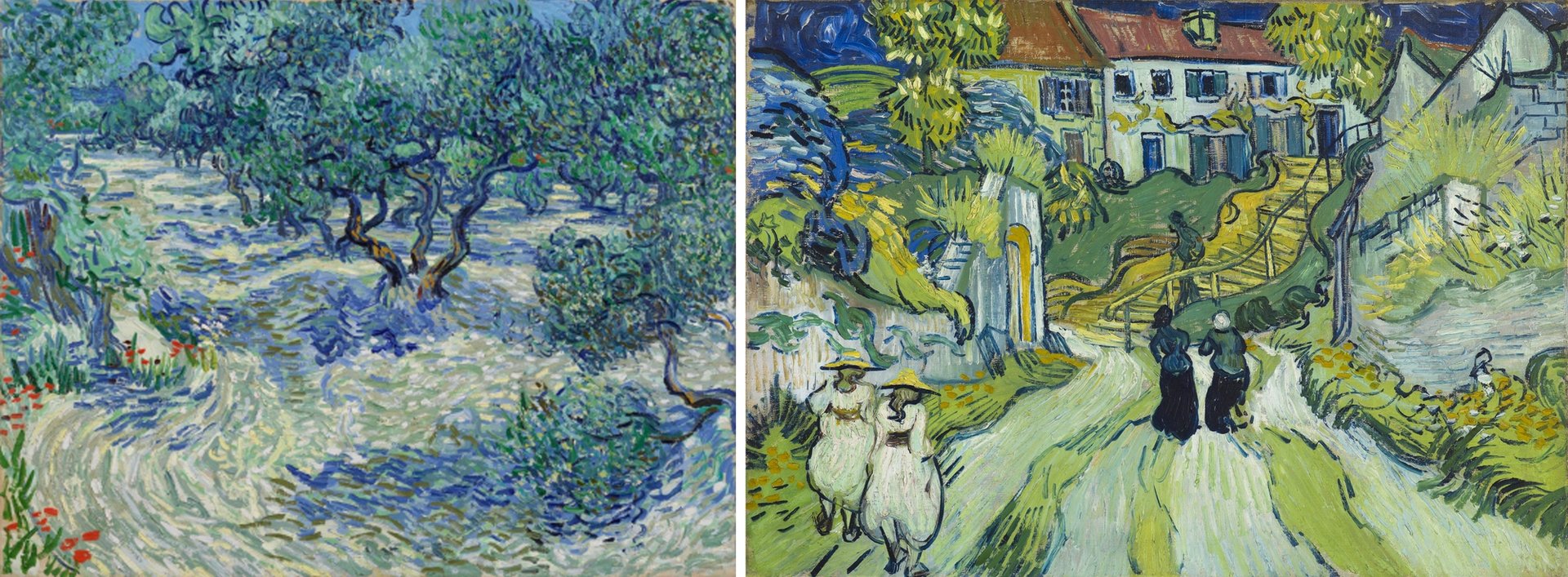
Van Gogh’s Olive Trees (June 1889) and Stairway at Auvers (June-July 1890) Credits: Nelson-Atkins Museum of Art, Kansas City, Missouri and Saint Louis Art Museum
We can report that of the 72 works in the Detroit show, 40 will be from US museums, five from US private collections and 27 from abroad. Among the most important international loans is Van Gogh’s Chair (January 1889), from London’s National Gallery.
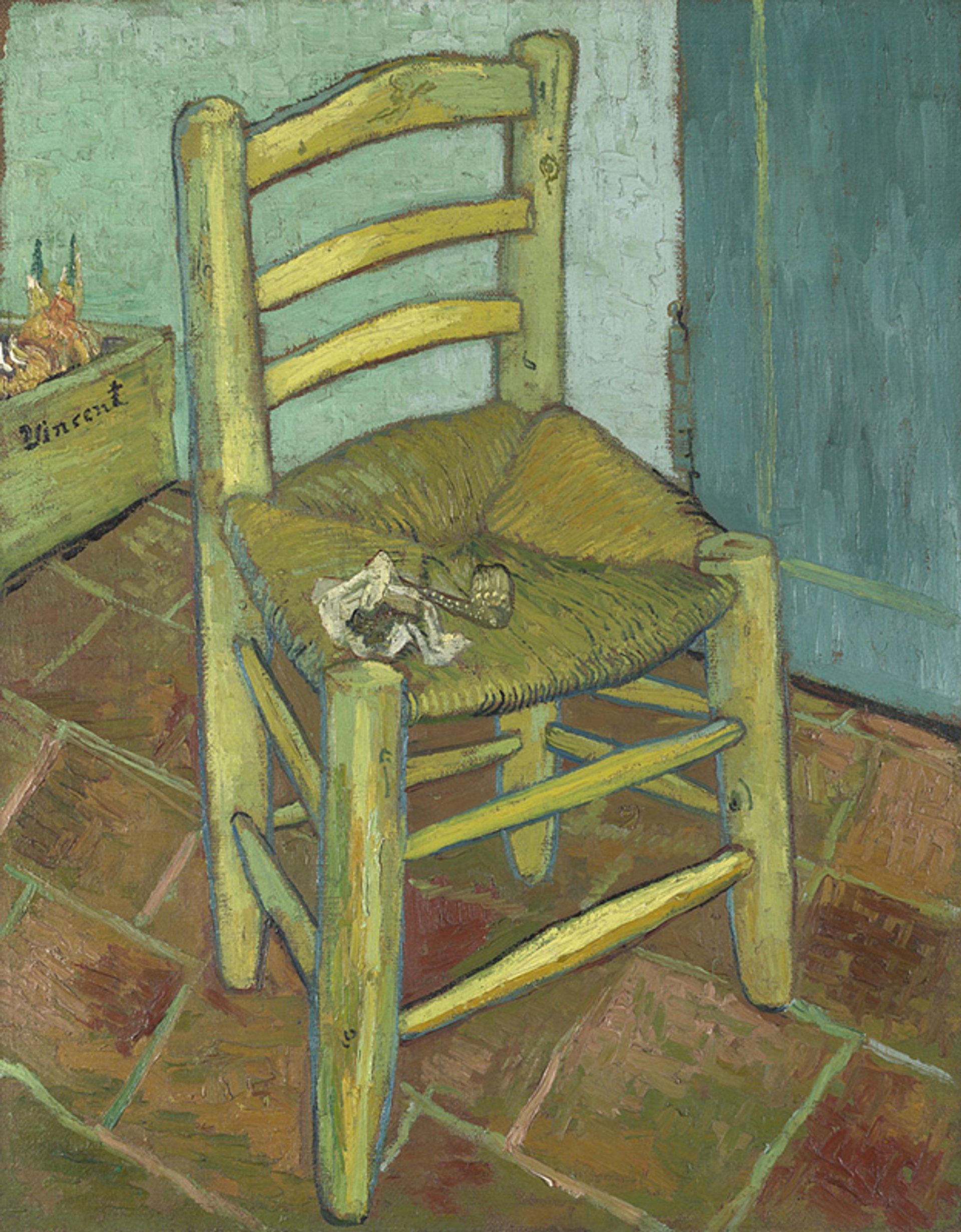
Van Gogh’s Chair (January 1889) Credit: National Gallery, London
But why is the London picture being lent to an exhibition on America’s discovery of Van Gogh? In 1920, while still owned by the Van Gogh family, Van Gogh’s Chair was up for sale and included in the artist’s first one-man show in the US, organised by the New York dealer Newman Montross. An important picture, it was singled out to be illustrated in Vogue magazine (1 December 1920), which described it as “a character study in furniture”.
Priced at $11,000, Van Gogh’s Chair failed to sell in New York. The painting was then returned to Jo Bonger, Vincent’s sister-in-law, who later sold it to London’s National Gallery in 1924, at the very much lower sum of £700 (then $2,700).
Van Gogh’s Chair has since become one of the National Gallery’s most popular paintings, much requested for exhibitions—so it is quite a coup for Detroit. The picture is currently in the Courtauld show, as a symbolic self-portrait, with the artist’s beloved pipe placed on the seat. (We can disclose one show for which a loan request was rejected, perhaps not surprisingly: Van Gogh’s Chair was refused for an exhibition to mark the 400th anniversary of the introduction of tobacco in France at the Musée des Arts Décoratifs in Paris in 1961.)
The Detroit exhibition will trace how Van Gogh became one of America’s favourite artists. The breakthrough began in 1913, when around 20 works were presented in New York’s International Exhibition of Modern Art, known as the Armory Show. But it was not until 1935-37 that Van Gogh was the subject of a solo museum exhibition in the US, initially at the Museum of Modern Art in New York and then touring to nine other cities.
This coincided with the publication of Irving Stone’s highly successful novel Lust for Life, which was first published in 1934 and endlessly reprinted (and in 1956 made into a feature film, starring Kirk Douglas).
The Detroit exhibition curator Jill Shaw and her colleagues have broken new ground with their study of Van Gogh in the US. Among her discoveries is that the first work by the artist that was nearly acquired by an American museum might have been slightly earlier than Self-portrait with Straw Hat.
In 1921 her own museum was offered an atmospheric watercolour, Landscape with Wheelbarrow (September-October 1883), which Van Gogh had painted in Drenthe, a remote area in the north of the Netherlands.

Van Gogh’s Landscape with Wheelbarrow (September-October 1883) Credit: Cleveland Museum of Art
Detroit never proceeded with the purchase of Landscape with Wheelbarrow. It remained in private collections and was bequeathed to the Cleveland Museum of Art in 1958. It will be lent for the Detroit exhibition.
Originally the Detroit exhibition was scheduled to open in June 2020, but it had to be postponed because of Covid-19. When the delay until October 2022 was initially announced, it seemed an unduly long wait and it was not anticipated that the pandemic would last so long. But the 28-month postponement now turns out to have been a prudent decision. Most of the loans were renegotiated, although nine works were no longer available.
Van Gogh in America is part of a broader scholarly endeavour to trace the artist’s rise to fame in key different countries. It follows recent shows on Van Gogh & Japan (museums in Sapporo, Tokyo and Kyoto, 2017-18 and Van Gogh Museum, Amsterdam, 2018); Van Gogh and Britain (Tate Britain, London, 2019); and Making Van Gogh: A German Love Story (Städel Museum, Frankfurt, 2019).
Other Van Gogh news:
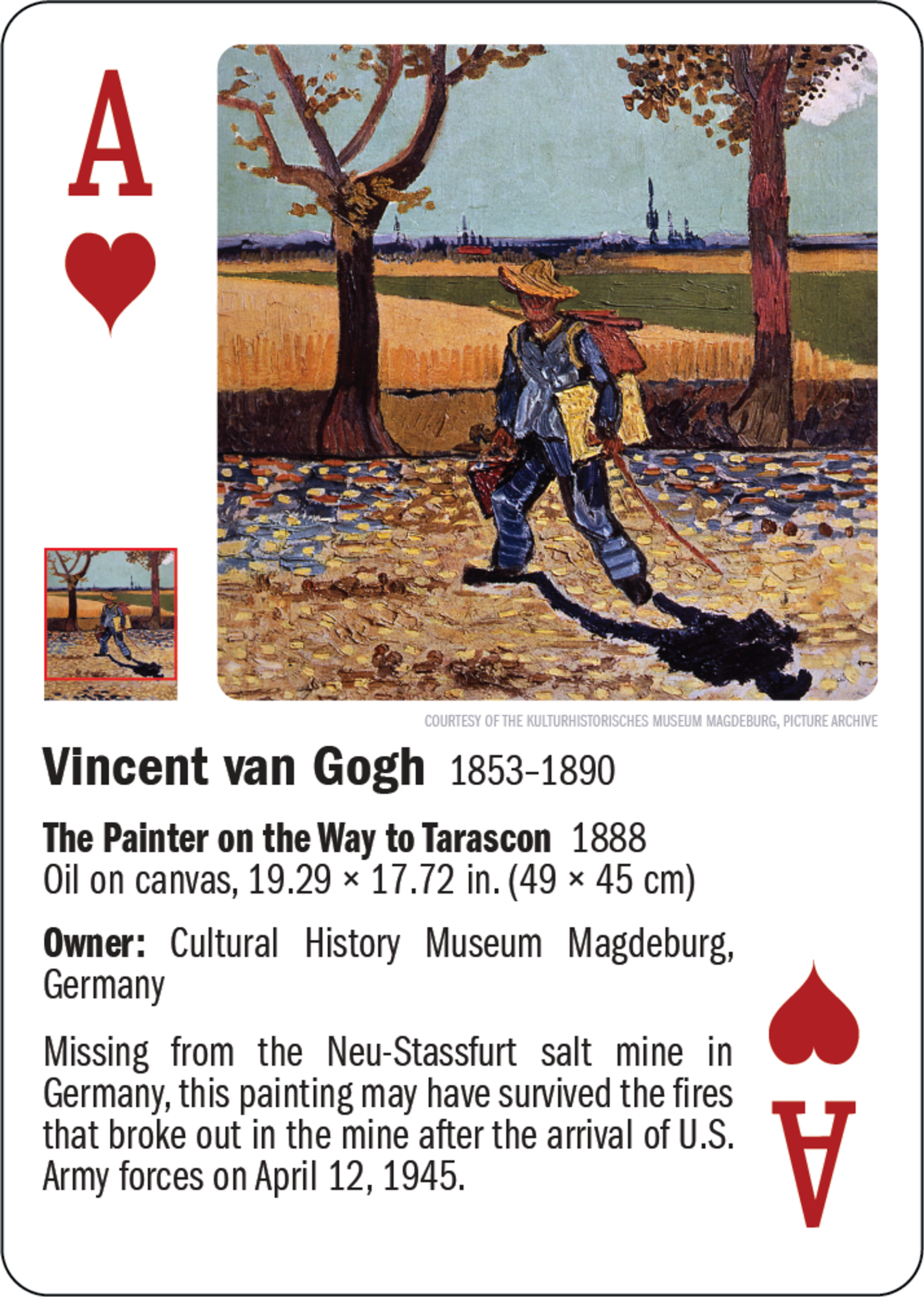
The Ace of Hearts, a playing card just published by the Monuments Men Foundation depicting Van Gogh’s The Painter on the Way to Tarascon (August 1888) Credit: Monuments Men Foundation, Dallas
The Dallas-based Monuments Men Foundation is this week publishing a set of playing cards, each of which carries the image of an important artwork that is still missing from the Second World War and might well have been looted.
The Ace of Hearts features Van Gogh’s The Painter on the Way to Tarascon (August 1888), which was owned by the Magdeburg museum. The card records: “Missing from the Neu-Stassfurt salt mine in Germany, this painting may have survived the fires that broke out in the mine after the arrival of US Army forces on April 12, 1945”.
The most detailed account of the fate of The Painter on the Way to Tarascon has been published by The Art Newspaper. We have also revealed the first image of the bold frame, with sunflower motifs, in which it once hung.
The Monuments Men Foundation is offering a $25,000 reward for information leading to the recovery of the Van Gogh.


